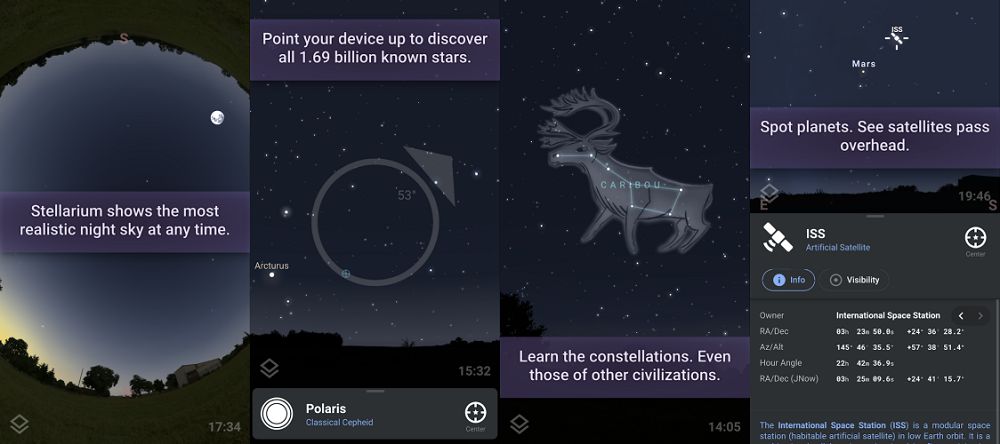

The night of May 22, a slim waxing crescent Moon appears just below and to the right of Venus. Image caption: Adler Planetarium infographic depicting the close proximity of Mars, Venus, the Moon, and the twin stars, Castor and Pollux, of the Gemini constellation in the western sky on May 22–23, 2023. By month’s end, they will appear only about 10 degrees apart. However as each evening passes, they move closer together in the sky. Early in the month, Venus and Mars will appear about 25 degrees apart. There are stars brighter than Mars nearby this month, so you may want to use the planet’s distinct reddish color to help find it.

Up and to the left of Venus, find the less-bright planet Mars, at only about +1.5 magnitude. At brighter than -4 magnitude, it’s unmistakably bright. In the early evenings, look to the west-northwest sky to see Venus. This trend of longer days and shorter nights will continue until the summer solstice on June 21. We lose a full hour of dark-sky viewing this month, but there’s still plenty to look at in the night sky in May, 2023.Īt the start of this month, there is about 14 hours between sunrise and sunset. Header Image: Jupiter in the night sky, as seen magnified by the telescope in the Adler Planetarium’s Doane Observatory.


 0 kommentar(er)
0 kommentar(er)
